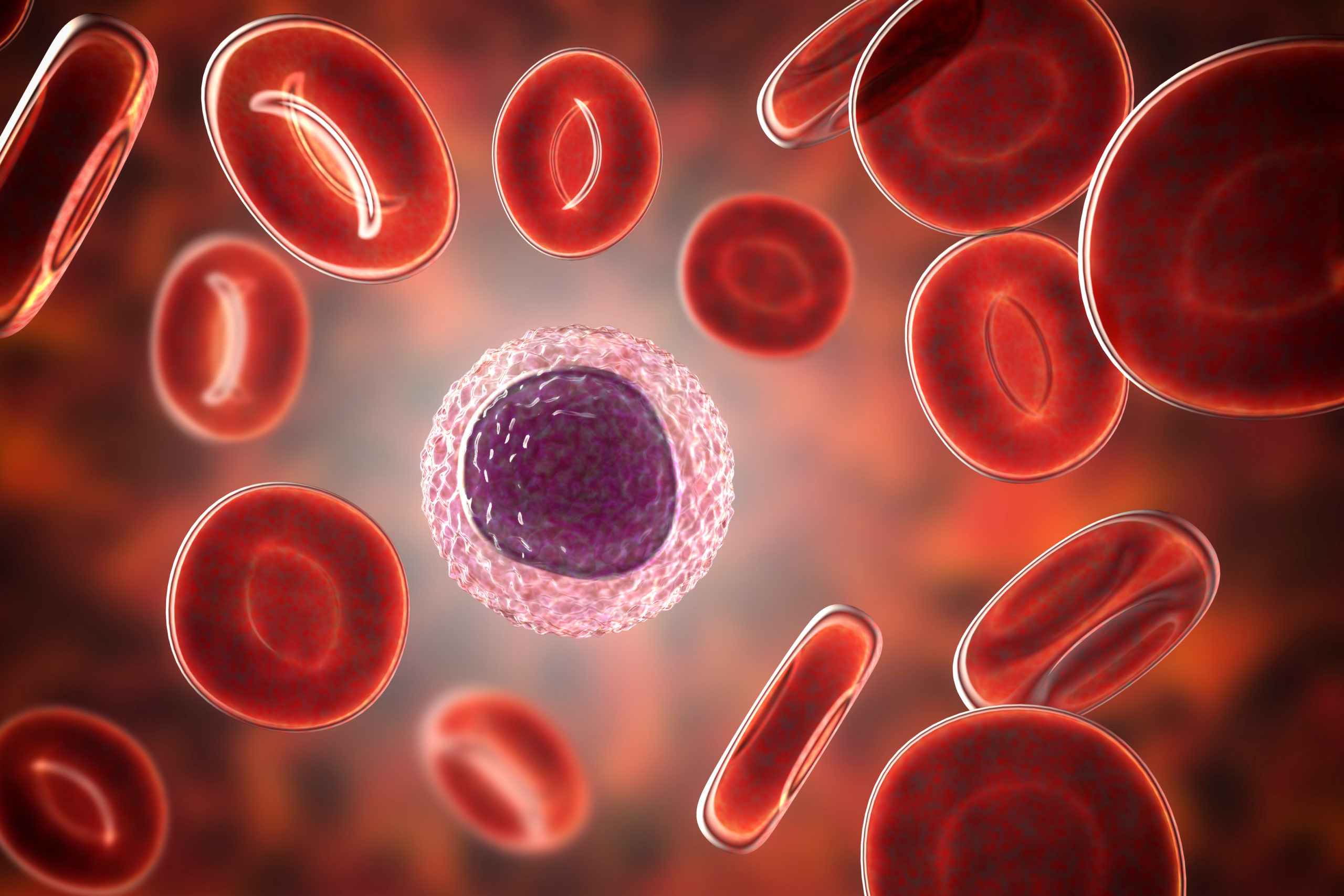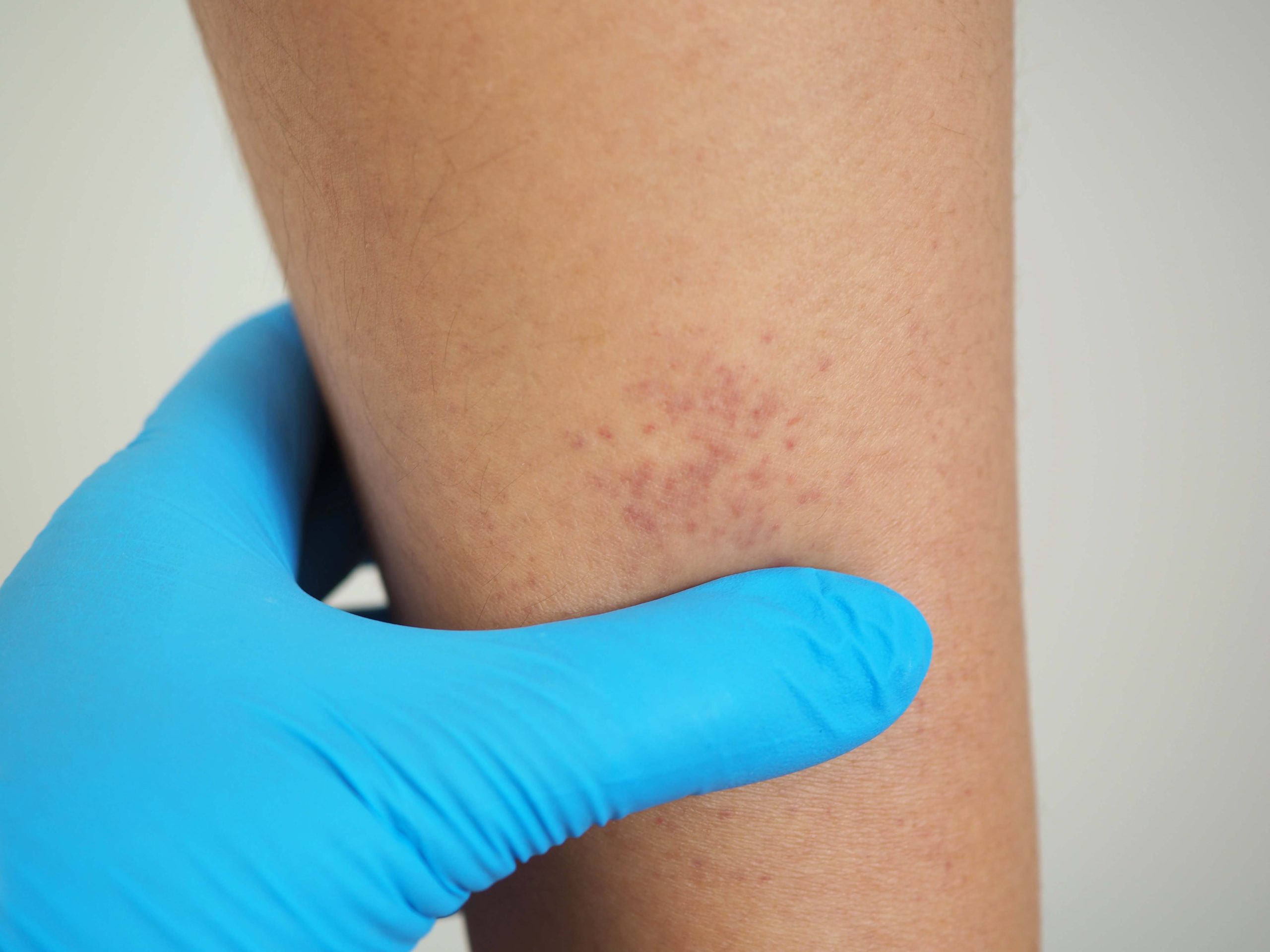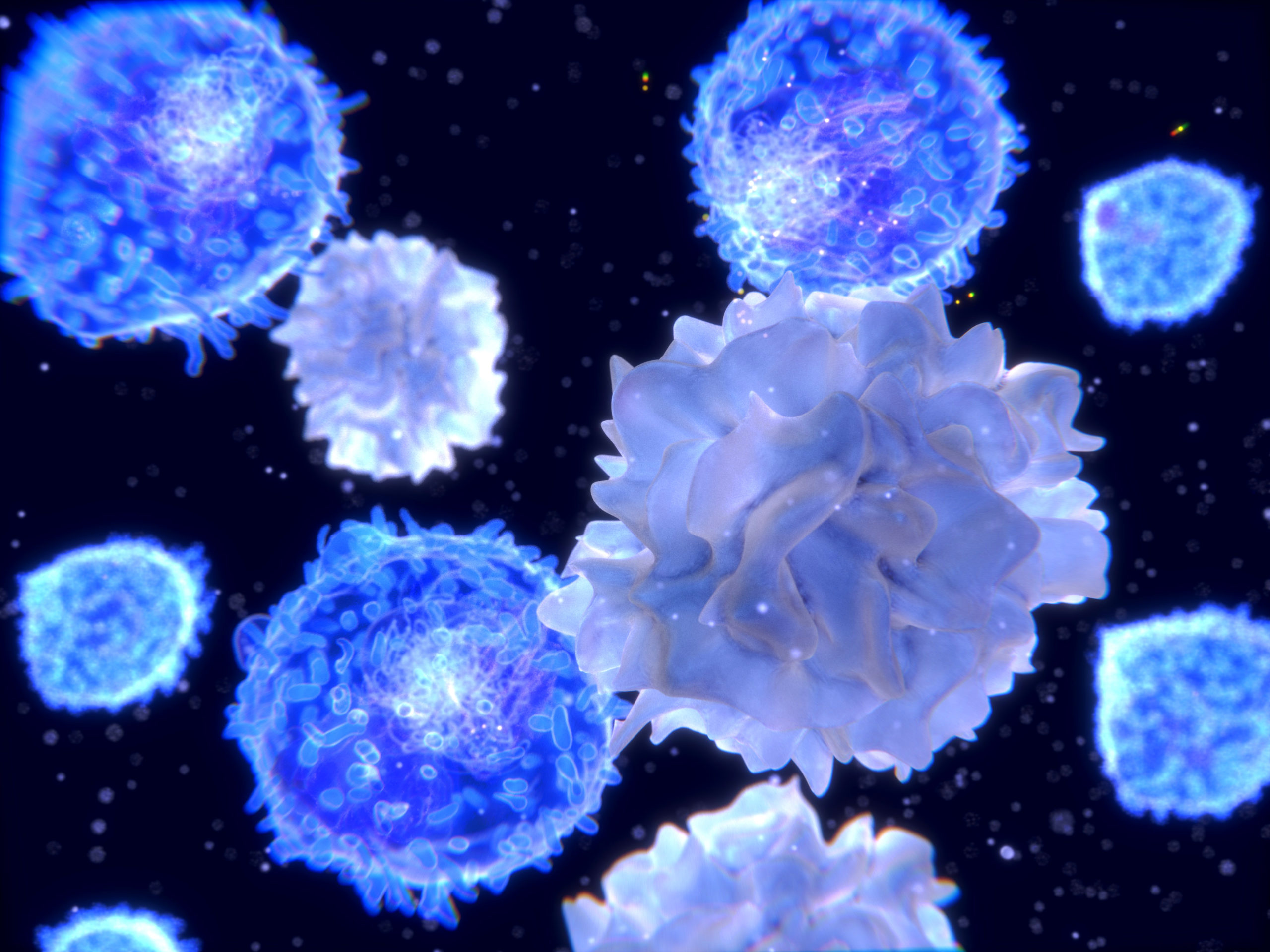
In a study in the Journal of Pediatric Hematology/Oncology, researchers reevaluated the prognostic value of absolute lymphocyte count (ALC) in pediatric immune thrombocytopenia (ITP), with a focus on patient age. The study’s lead author, Ximei Yang, reported that there was no significant difference in ALC between age groups in patients with newly diagnosed and chronic ITP.
The study retrospectively enrolled a total of 242 pediatric patients, of which 141 had newly diagnosed ITP, 89 had chronic ITP, and 12 had persistent ITP. Participants were divided into three age groups: group 1, ≤24 months; group 2, 24 to 72 months; and group 3, >72 months.
Absolute Lymphocyte Count in Pediatric Immune Thrombocytopenia
ALC measures at admission were significantly different between patients with newly diagnosed and chronic ITP when not adjusting for age (5.22×109/L vs. 3.55×109/L; P<.001). However, after age stratification, no significant difference was observed between newly diagnosed and chronic ITP (group 1, 6.52 vs. 5.34×109/L; P=.161; group 2, 3.78 vs. 3.63×109/L; P=.748; and group 3, 2.53 vs. 2.40×109/L; P=.748).
Ultimately, receiver operating curve (ROC) analyses assigned “limited” prognostic value to ALC in pediatric patients with ITP, with areas under curve (AUC) of 0.591, 0.570, and 0.542 for groups 1, 2, and 3, respectively. Additionally, covariance analysis found no significant difference in ALC between newly diagnosed and chronic ITP when considering age (P=.131), the authors noted. Instead, however, the study found that the platelet to lymphocyte ratio (PLR) did show prognostic value in ITP, regardless of patient age.
In short, the authors’ reevaluation of ALC, within age stratified groups, found a lack of significant prognostic value, though the authors’ analysis suggested that “PLR may be an optional prognostic indicator for ITP.”
Related: Outcomes of Kidney Transplants from Vaccine-Induced ITP Donors







 © 2025 Mashup Media, LLC, a Formedics Property. All Rights Reserved.
© 2025 Mashup Media, LLC, a Formedics Property. All Rights Reserved.